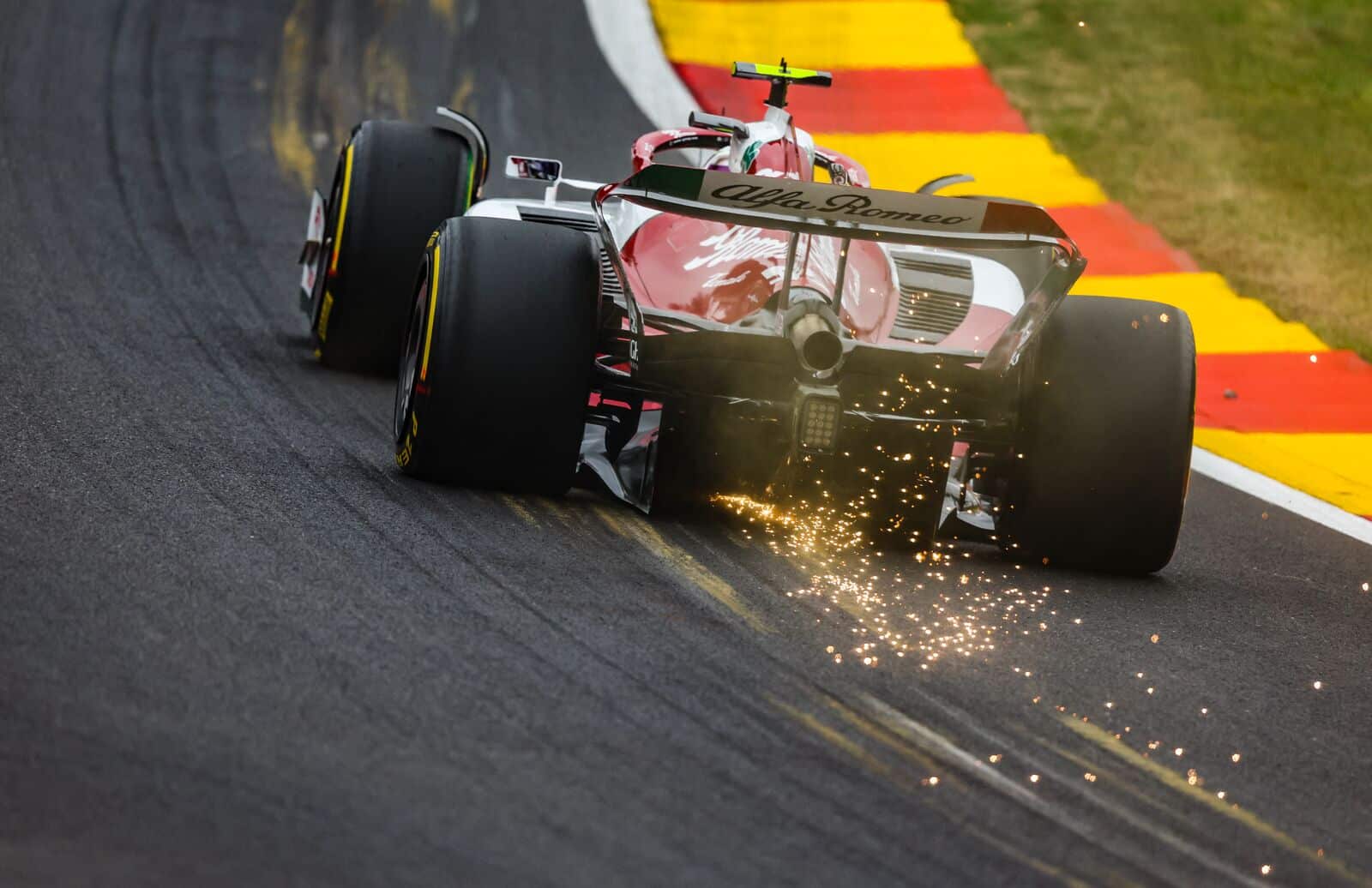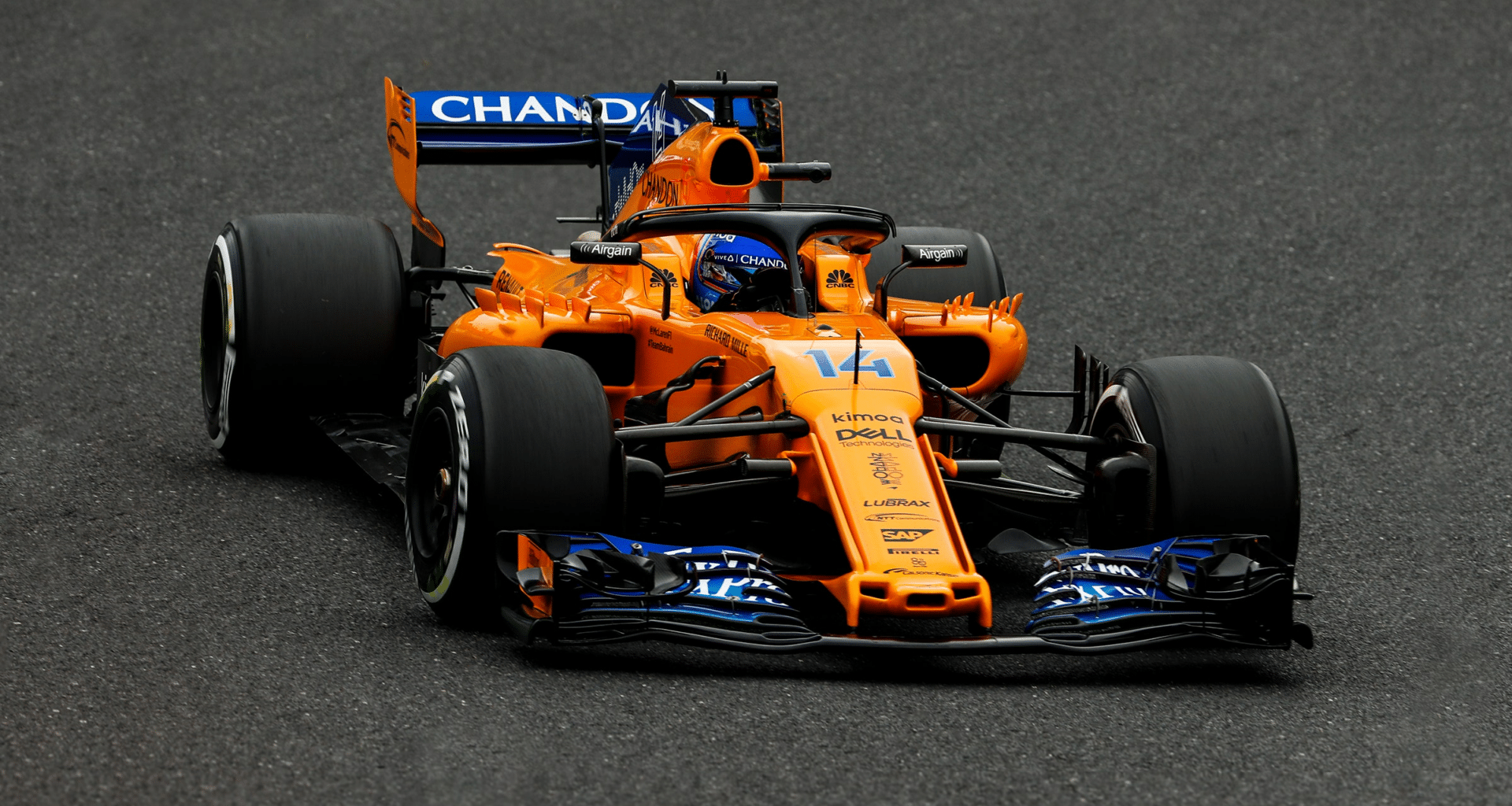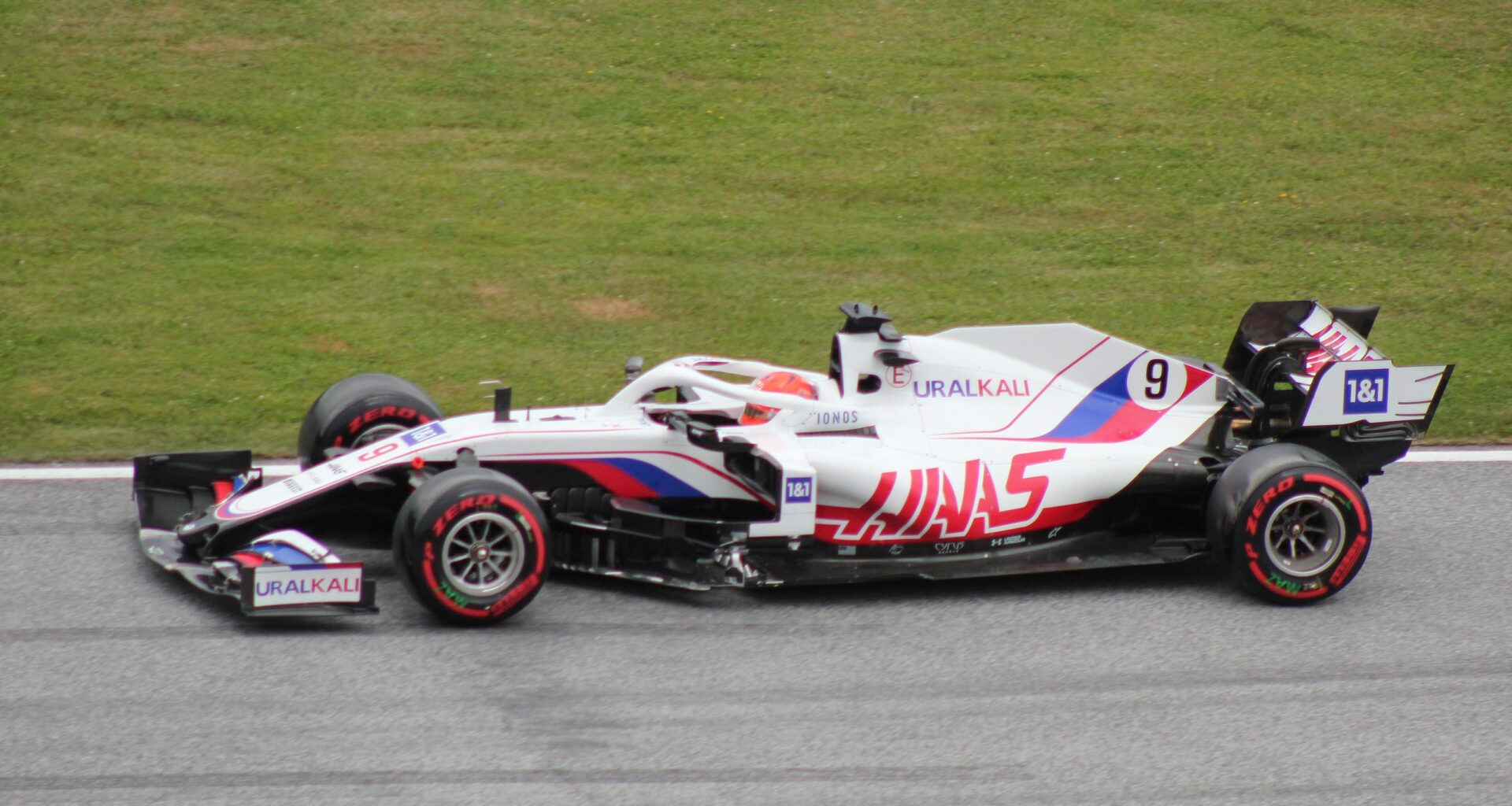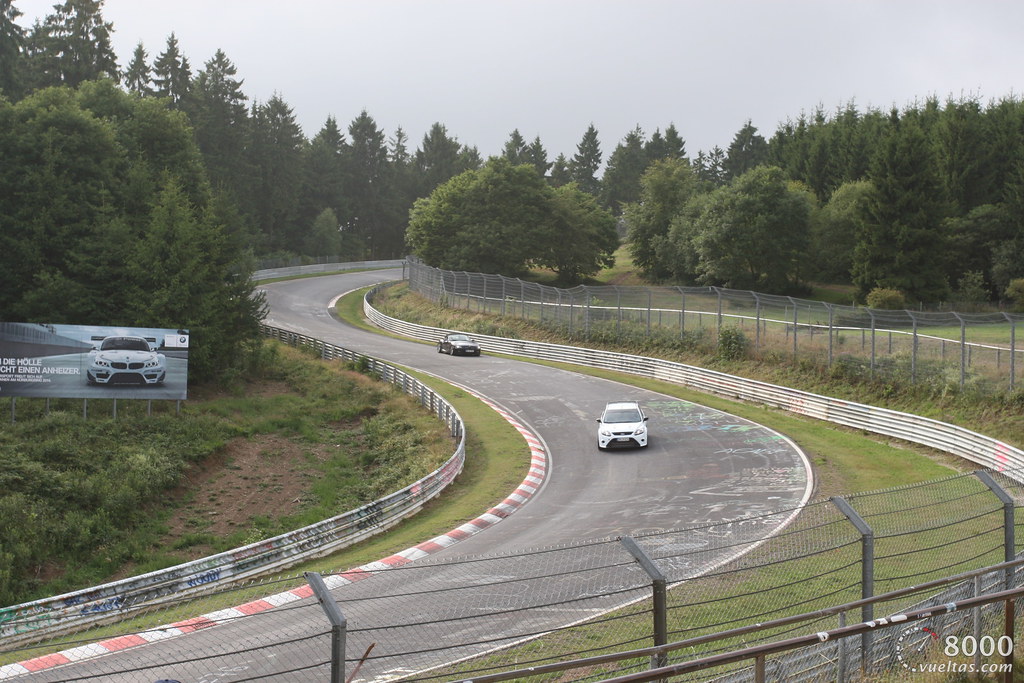A Formula 1 car bottoms down when its underbody contacts the track’s surface.
To attain a low center of gravity and generate downforce, F1 cars are already built with an extremely low ride height, which is the separation between the bottom of the car and the road.
The F1 vehicles’ underbodies are fitted with a wooden board that measures ride height; when a car bottoms out, a brown trail is left on the course.
When there are sharp kerbs or bumps in the track, this behavior is more likely to occur.
Table of Contents
- 1 The Impacts of Bottoming Out on Performance
- 2 How F1 Engineers Address Bottoming Out Issues
- 3 The Role of Aerodynamics and Downforce in Bottoming Out
- 4 The Connection Between Suspension Systems and Bottoming Out
- 5 Strategies Used by F1 Teams to Prevent Bottoming Out
- 6 F1 Track Characteristics and Their Impact on Bottoming Out
The Impacts of Bottoming Out on Performance
Bottoming out can have significant consequences on an F1 car’s performance.
For instance, the aerodynamic phenomenon of porpoising occurs when the car’s suspension system cannot properly cope with the forces acting on it, resulting in the car moving up and down in a manner resembling a porpoise jumping out of the water.
This bouncing movement can cause discomfort for the driver and compromise the car’s performance on the track.
Furthermore, bottoming out can affect F1 drivers’ experiences in their cars.
For example, seven-time world champion Lewis Hamilton described the effects of porpoising in his Mercedes as “excruciatingly painful” during the Baku race.

How F1 Engineers Address Bottoming Out Issues
F1 engineers can handle and prevent bottoming out using a variety of techniques.
A good strategy is to carefully adjust the suspension system to strike the ideal balance between comfort and performance.
This can entail changing the suspension geometry or the materials used in the suspension parts.
Teams may also use sensors and data analysis to track the suspension system’s performance and spot any possible problems.
Engineers are able to pinpoint the suspension system’s weak points and make adjustments to enhance its performance by examining the data collected by the vehicle’s sensors.
The Role of Aerodynamics and Downforce in Bottoming Out
F1 cars frequently have their undersides optimized for aerodynamics and downforce, which helps them maintain traction on the track.
F1 vehicles experience substantial aerodynamic downforce at high speeds, which forces them to the track.
The car can bottom out or make a hard impact with the ground as a result of this downforce.
The chassis may briefly touch the ground when the car bottoms out, significantly reducing downforce and increasing instability.
In order to obtain the best performance, engineers must balance the demand for downforce with the danger of bottoming out.
The Connection Between Suspension Systems and Bottoming Out
As was already discussed, the suspension system is crucial in preventing problems from bottoming out.
While a firmer suspension system can better withstand the forces brought on by high speeds and aerodynamic downforce, it can also result in a less comfortable ride for the driver and make the vehicle more prone to porpoising or bottoming out.
Moreover, elements like tire wear and the state of the track surface may have an impact on how well the suspension system performs.
The suspension system may need to work harder to keep good contact with the track when tires deteriorate and lose traction.
Similar to this, an uneven or bumpy track surface can cause the suspension system to be overworked and bottom out.
Strategies Used by F1 Teams to Prevent Bottoming Out
It takes a variety of tactics to avoid bottoming out in Formula 1 cars, which is a challenging undertaking.
Using aerodynamic accessories, like as winglets or spoilers, to produce more downforce and keep the car firmly planted on the track is one strategy.
This method may lessen the chance of the car bottoming out, but it may also add weight and drag to the vehicle.
Moreover, F1 teams can work with tire producers to create tires that are more durable and hold their grip for a longer period of time, improving suspension performance.
F1 Track Characteristics and Their Impact on Bottoming Out
The likelihood of bottoming out in F1 cars can be considerably influenced by track-specific features.
Inconsistent suspension system contact with the track might increase the chance of bottoming out on tracks with uneven surfaces or abrupt elevation changes.
To reduce bottoming out difficulties and maximize performance, F1 teams must account for these distinct track characteristics when adjusting their vehicles’ suspension systems and other components.





